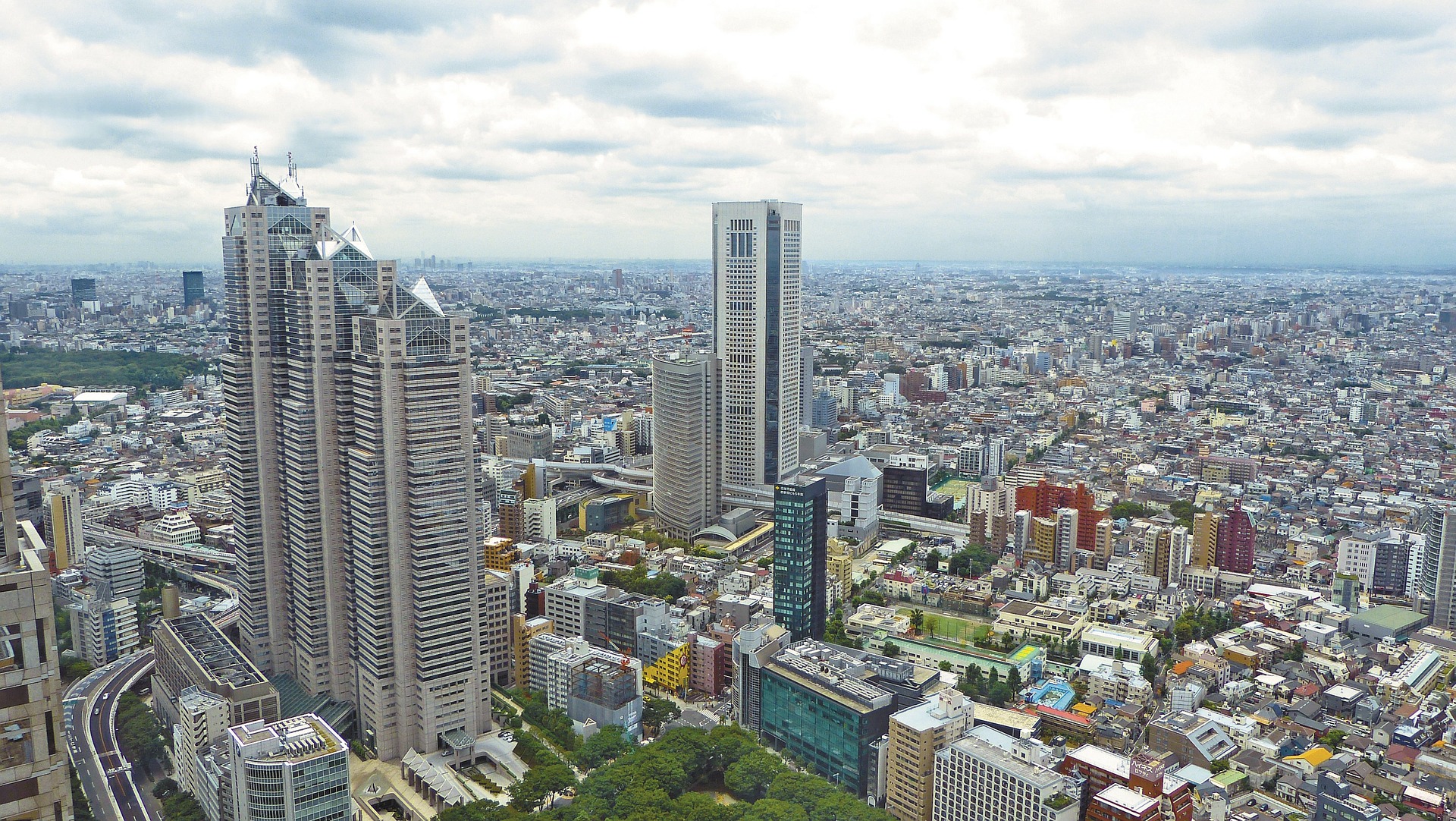About Tokyo

Tokyo is the largest city of Japan with over 13 million inhabitants. Since 1868 Tokyo houses the government and the Emperor. Since the population rise of Tokyo in 1900 the Japanese immediately implemented forms of public transport. The city was built around railway stations where trains would have right-of-way over other vehicles. This has made the high density development of Tokyo possible, as there was already room for it’s extensive public transport system.
From the seventies on Tokyo has sped up the development of urban projects such as highrise buildings and land reclamation projects.
In 2011 the Tōhoku earthquake and tsunami hit Japan and the earthquake was felt in Tokyo. Because of the earthquake-resistent building in the city, there was virtually no damage done. There are many eartquakes in Japan and minor earthquakes (4-6 of magnitude) occur hundreds of times yearly, without causing serious trouble.
Next to Tokyo, and part of the Greater Tokyo Area, the Metropolitan Outer Underground Discharge Channel is constructed. This impressive flood water discharge system started in 1992 and was finsihed in 2006. The system is designed to discharge excess water from heavy rain events or tsunami’s.
Furthermore, the Tokyo subway system is the most used railway system in the world. With 278 stations and 13 lines it serves 8,7 million passengers every day! For comparison, in The Netherlands there are ‘just’ one million trainusers in the entire country per day. The metro system is further known for it’s extreme accuracy, although delays of multiple minutes are not uncommon during rush hours.
It can be clear that Tokyo has many challenges for the civil engineer, and with advanced solutions the problems in this enourmous city are solved. Next to all these interesting constructions Tokyo has many interesting cultural and leisure locations to be seen, such as the Imperial Palace Grounds or the many gardens.
